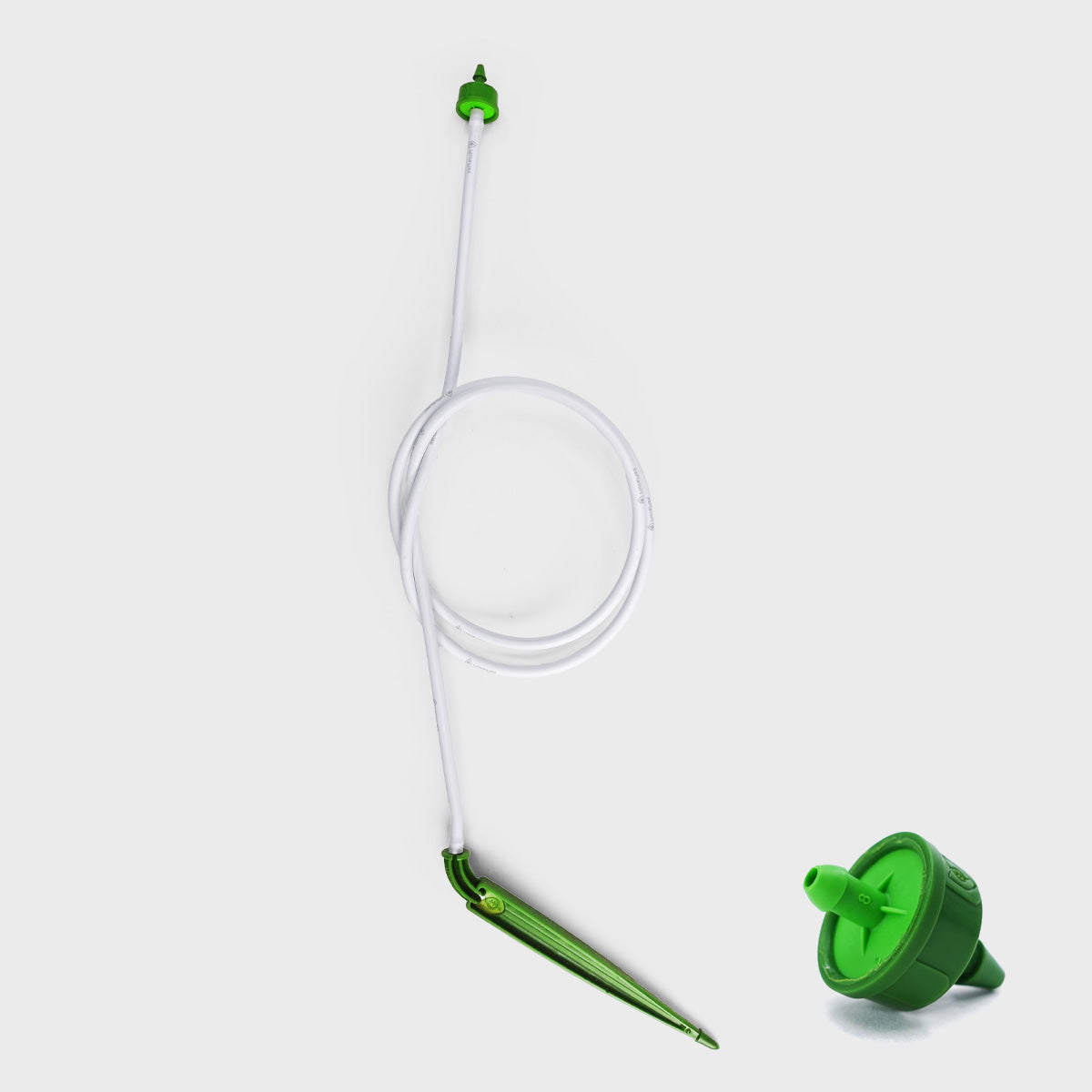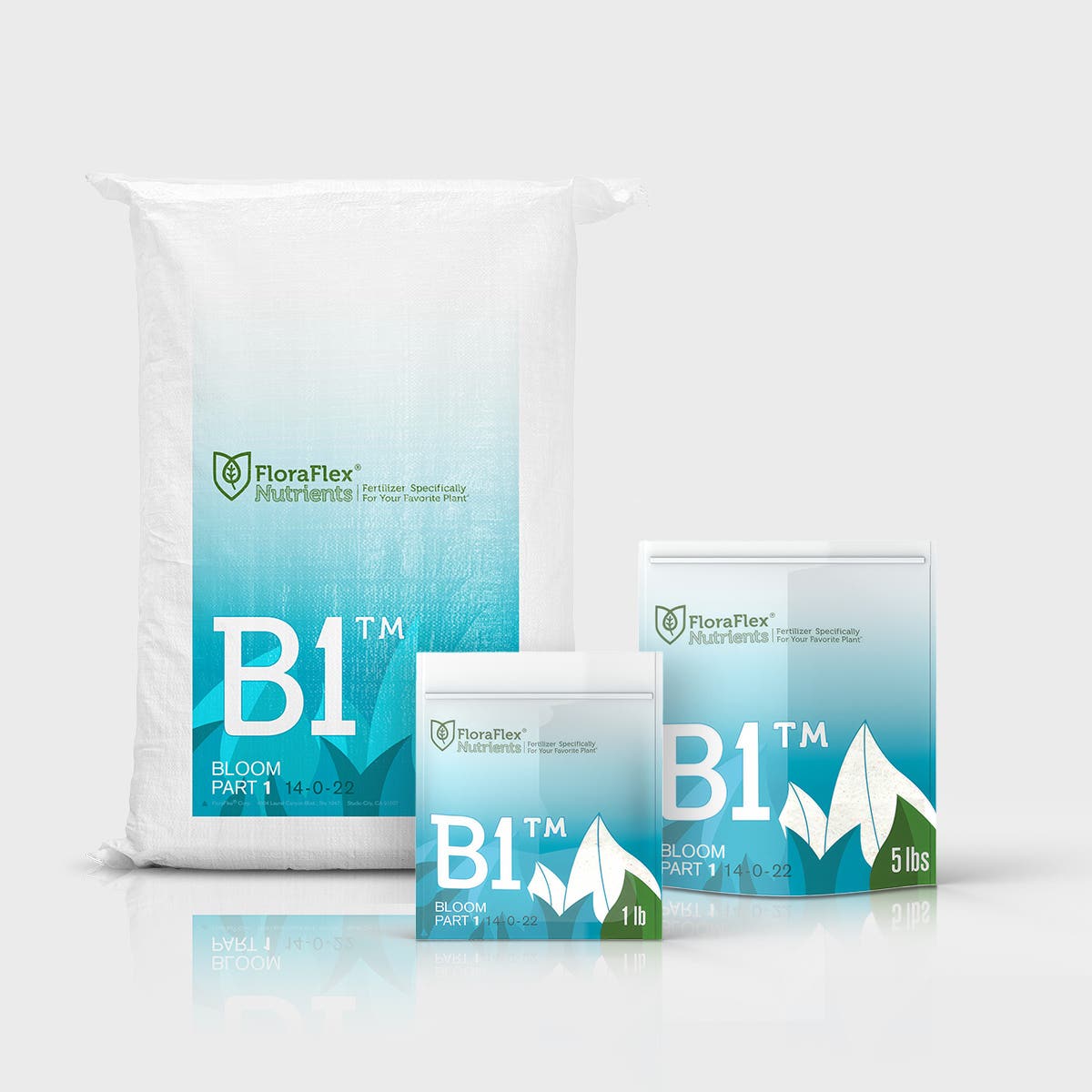Crop rotation, a time-tested agricultural practice, is essential for maintaining healthy and productive soil. This guide will explore the ins and outs of effective crop rotation specifically for cannabis cultivation. Employing a well-structured crop rotation scheme can significantly enhance soil fertility, control pests and diseases, and ultimately improve yield.
What is Crop Rotation?
Crop rotation involves the practice of growing different types of crops in the same area across a sequence of seasons. This method helps prevent soil nutrient depletion, controls pests, and reduces the build-up of certain pathogens. For cannabis growers, employing a crop rotation strategy could lead to sustainable growth and high yield.
The Importance of Crop Rotation for Cannabis
While cannabis might be the primary focus, rotating it with other compatible crops can offer several benefits:
- Soil Fertility Improvement: Different crops utilize various nutrients. Rotating them ensures that the soil is not depleted of any single nutrient, maintaining its fertility over time.
- Pest and Disease Management: Rotating crops helps disrupt the habitat for pests and diseases, reducing their prevalence and impact.
- Soil Structure Enhancement: Various plants have different root structures. Introducing a variety can enhance soil structure and aeration.
- Biodiversity Increase: Integrating other crops into the rotation helps maintain ecological balance and promote biodiversity.
Designing a Crop Rotation Plan
Designing a crop rotation plan involves several considerations. Here are steps to formulating an efficient rotation plan for cannabis:
1. Analyze Your Soil
Before planning, assess your soil’s health. Consider pH levels, nutrient content, and drainage capacity. A soil test can identify deficiencies and inform your rotation choices.
2. Choose Complementary Crops
Not all crops fit well with cannabis. Here are some options to consider:
- Legumes (e.g., clover, peas): Great for fixing nitrogen in the soil.
- Root Vegetables (e.g., carrots, radishes): Help to improve soil aeration.
- Brassicas (e.g., mustard, broccoli): Can break pest and disease cycles due to their natural chemicals.
3. Plan Your Rotation Cycles
Decide the order in which you will plant different crops. A good strategy is:
- Cannabis: Your primary crop.
- Legumes: To improve nitrogen levels.
- Brassicas: To manage pests and diseases.
- Root Vegetables: For soil aeration and structure enhancement.
4. Manage Timelines
Consider your climatic conditions and growing seasons. Understanding when each crop thrives will help maximize yield and ensure a smooth transition between crops.
5. Monitor and Adjust
Effective crop rotation is not a static process. Monitor soil health, record yields, and adjust based on performance and changes in conditions.
Using FloraFlex Products for Optimized Crop Rotation
An efficient crop rotation plan needs equally efficient tools and products. FloraFlex offers premium quality products that complement sustainable cultivation practices:
- 6" FloraFlex Wool (Basalt Derived): These cubes offer optimal root zone aeration and drainage. Their basalt-derived composition makes them sustainable and an organic option for plant growth. Learn more about FloraFlex 6"x6"x6" FloraWool Basalt Rockwool Cubes.
The use of these basalt-derived wool cubes is an excellent fit within a crop rotation plan, providing structures that support healthy growth for various crops.
Tips for Effective Crop Rotation
Here are some additional tips to enhance your crop rotation practice:
- Diverse Crop Selection: Use a wide variety of crops in rotation to broaden soil nutrient diversity.
- Cover Crops: During off-seasons, use cover crops like legumes to prevent erosion and further enhance nitrogen levels.
- Record Keeping: Keep detailed records of plant varieties, soil conditions, and yields to make informed decisions.
Conclusion
Effective crop rotation is a cornerstone of sustainable cannabis cultivation. By understanding the needs of your soil and selecting appropriate complementary crops, you can improve soil health, manage pests, and increase yields effectively. By integrating high-quality products from FloraFlex, growers can optimize their cultivation techniques for better results. Incorporate these practices into your cultivation strategy to sustain high levels of productivity and soil fertility for years to come.









